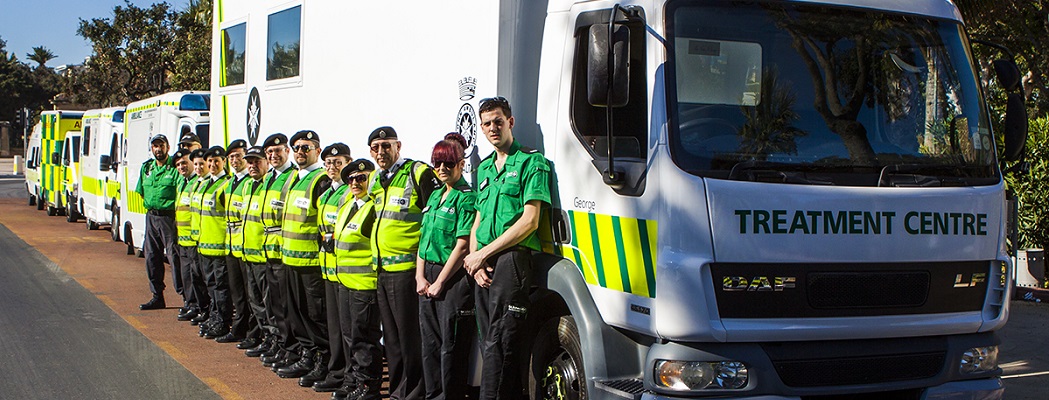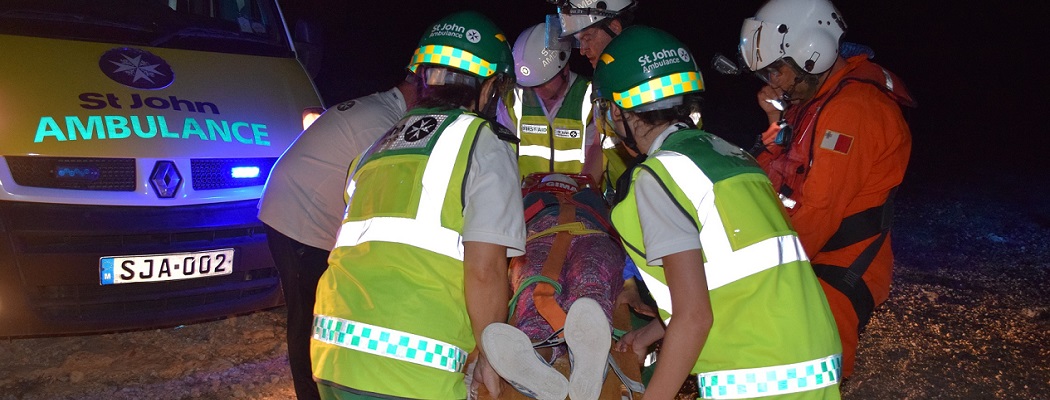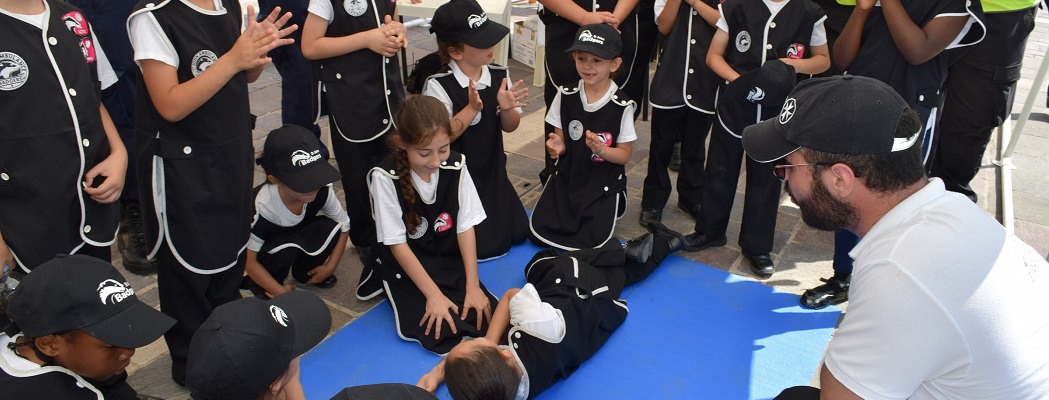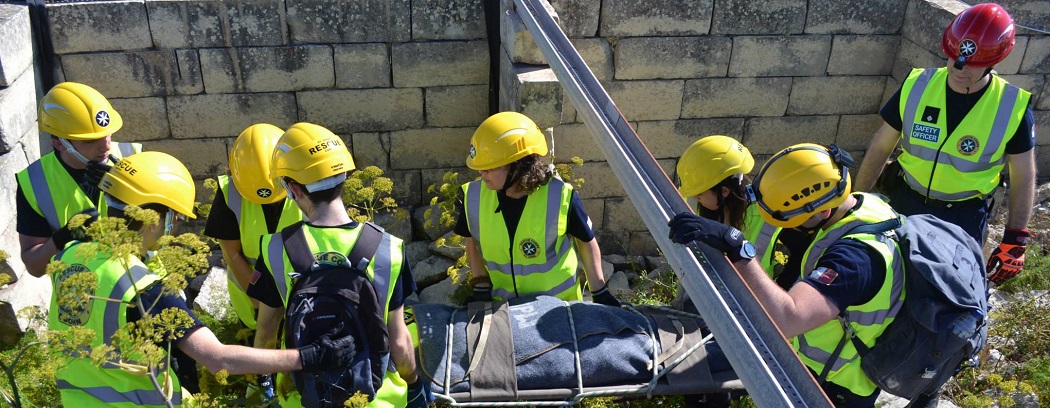These first aid tips are no substitute for thorough knowledge of first aid.
Attend a St John Ambulance First Aid Course.
Adult
- If you have someone with you, send them to dial 112 for an ambulance immediately
- If you are alone dial 112 for an ambulance immediately and then return to help the casualty.
Give 30 chest compressions
- Place heel of your hand in the centre of the chest
- Place other hand on top and interlock fingers
- Keeping your arms straight and your fingers off the chest, press down by four to five centimetres. then release the pressure, keeping your hands in place
- Repeat the compressions 30 times, at a rate of 100 to 120 per minute.
Attempt to give 2 rescue breaths.
- Ensure the airway is open
- Pinch nose firmly closed
- Take a deep breath and seal your lips around the casualty’s mouth
- Blow into the mouth until the chest rises
- Remove your mouth and allow the chest to fall
- Repeat once more.
Continue resuscitation, 30 compressions to two attempts at Rescue Breaths.
Do not stop unless:
- Emergency help arrives and takes over
- The casualty breathes normally or
- You become so exhausted that you cannot carry on.
Notes:
- If you are alone, call an ambulance as soon as you know the casualty is not breathing – unless unconsciousness is due to drowning, whereby you should give FIVE initial rescue breaths and perform CPR for one minute before making the call
- If two rescuers with the knowledge of CPR, are available, change every two minutes with minimal disruption
- If you are unable or unwilling to give rescue breaths, give chest compressions only. Continue at a rate of 100 to 120 per minute
- It is possible to identify the correct hand position without removing the child’s clothes.





